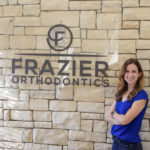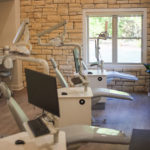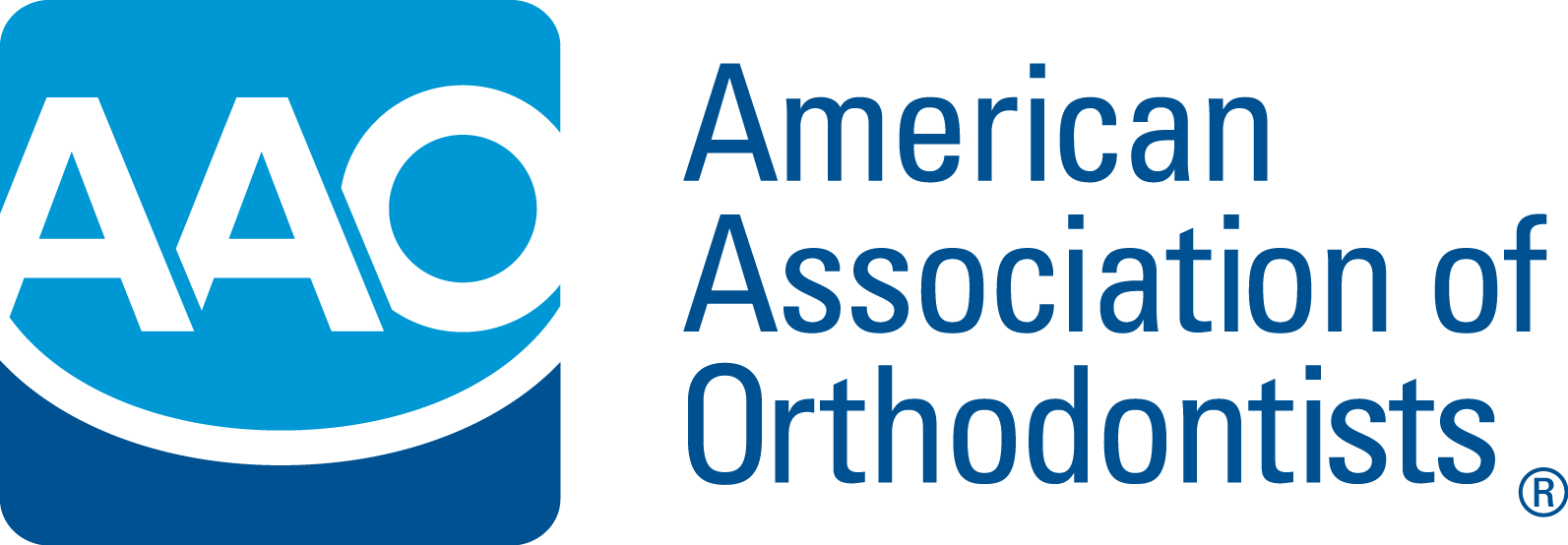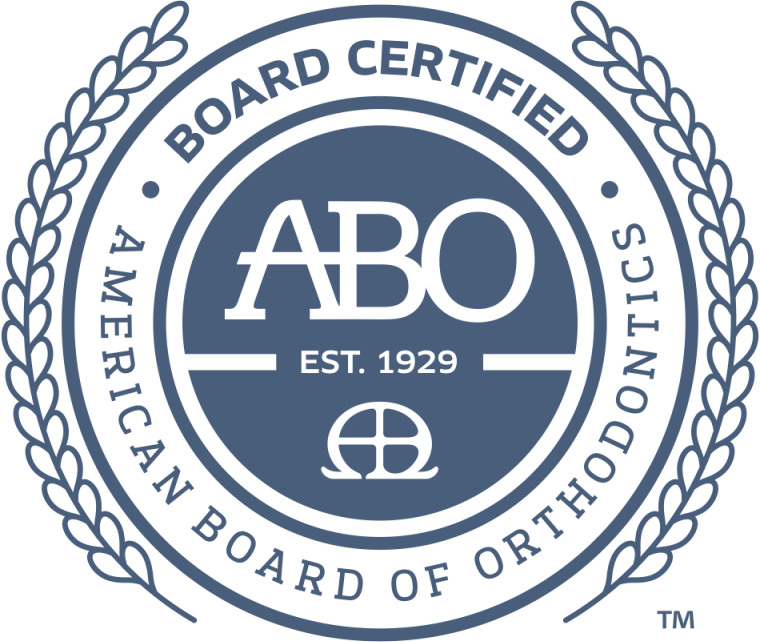
Sometimes, your orthodontist may recommend braces or Invisalign even if your front teeth look straight. Looks can be deceiving and while your teeth may look straight in the front, there may be a problem with how they fit together in the back. Orthodontic treatment is important for both esthetics and function, aka how your bite fits together.
If your teeth don’t fit together properly, you can have significant problems with your teeth and jaw in the future. A mild bite issue may not cause any problems. However, untreated orthodontic conditions tend to get worse over time, even as an adult. A few problems that may develop if an improper bite is left untreated include:
- Premature wear or chipping of your teeth
- Jaw joint problems
- Functional problems – making it difficult to chew or speak properly
- Misaligned teeth make it difficult to keep your teeth clean, which can lead to an increased risk of cavities or periodontal disease
- Poor esthetics – Healthy teeth and bites tend to look better too, so a more beautiful smile is achieved by correcting your bite
Sometimes, a bite problem may go undetected because the teeth look straight. A few common bite problems are:
- Anterior crossbites: This type of bite is when your top teeth are behind your bottom front teeth. It should be corrected as soon as possible because it can cause damage to your front teeth and sometimes may affect your natural jaw growth patterns.
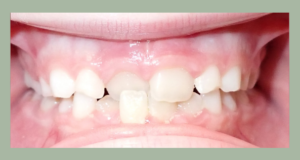
- Crossbites: Your top teeth and bottom teeth should fit together like a lid on a jar. If the top jaw is too narrow (aka – the lid is too small), they may sit inside your bottom teeth, which is known as a posterior crossbite.
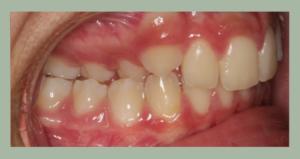
- Open Bite: When the back teeth are closed, but the front teeth don’t touch. Or when the front teeth overlap, but the back teeth don’t touch. It is important that your bite is even throughout all of your teeth, so that all of the teeth share the force and load that is put on them every day. If only some of the teeth are touching, this puts extra pressure on those teeth and can damage them over time. This type of bite can also make it difficult to chew your food.
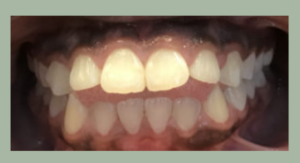
- Deep Bite: When the top teeth overlap the bottom teeth too much. This is one of the most common bite problems that goes undetected. Over time, deep bites can cause damage to your lower front teeth.

- Overbites (Class II Bites): Your back teeth should fit together like gears. If they don’t line up properly, you may have a Class II bite. This type of bite commonly goes undetected and is best corrected during a child’s growth spurt.
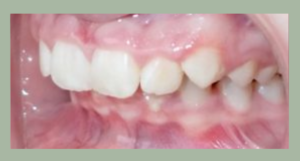
- Underbites (Class III Bites): Your back teeth should fit together like gears. If they don’t line up properly and your bottom teeth are positioned in front of your top teeth, you may have an underbite.
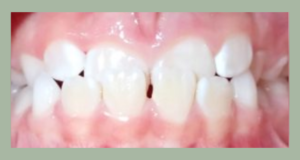
- Crowding: This is one of the most obvious problems because you can often see it in your front teeth. It is important to correct crowded teeth for esthetics, but also for function. Crowded teeth are more difficult to keep clean and can be at a higher risk of cavities, periodontal disease, or recession.
- Extra Teeth or Missing Teeth: Believe it or not, many patients have extra teeth or missing teeth. Orthodontists can help diagnose this dental anomaly and correct the problem.
Orthodontists are specialists in smile and bite correction. If you think you or your child may have one of these common dental conditions, we would be happy to discuss it during a complimentary consultation. As always, please reach out if you have any questions.
Have a great day,
— Dr. Kirsten Frazier

